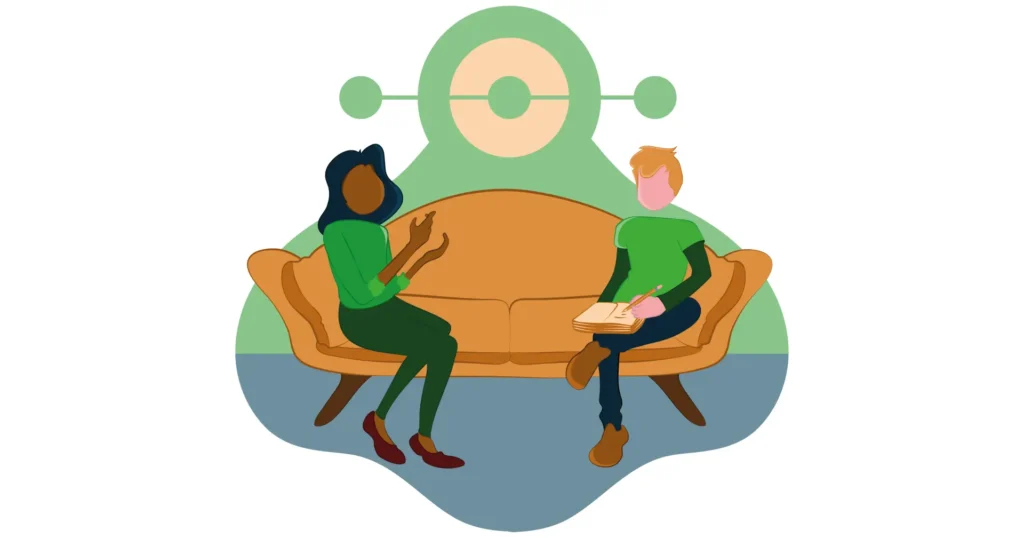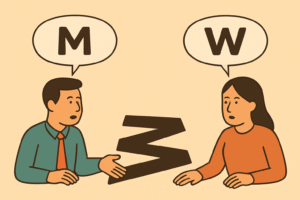Previously, we’ve talked about how business agility can increase your company’s bottom line by:
- lowering costs through improving delivery processes, being more deliberate when choosing projects, as well as reducing churn
- increasing revenue through releasing high-quality products, creating feedback loops, and capitalizing on opportunities
Today we’ll talk about a third benefit: how business agility can increase your company’s bottom line by improving alignment with its customers.
Profitability and Value
In business terms, one measure of a company’s alignment with customers is its profitability. Profitability is a measure of a company’s ability to generate a profit and consequently, of their potential growth. Growth is what allows companies to achieve long-term success and stability. The reinvestment of profits into the company allows it to grow by adding people and improving current services.
To increase their profits a company can change the prices of its products. For a customer to accept the new price, they must see the value. Hence being able to understand what a customer considers valuable is the key to profitability. Potentially, understanding your customers might even mean you learn that reducing prices will increase volumes and also increase profitability!
What a customer finds valuable in your product will vary over time, impacted by external factors and context. Customers don’t always buy the more valuable product or the best product available simply because they have a different preference or due to current circumstances.
Your company’s profitability is not just about making the best product, although having a product of the right quality for your target market is certainly a contributor. Another key aspect is being the preferred company that customers want to do business with.
Developing business agility practices will help an organization improve profitability by impacting the understanding of what your customers find valuable and creating alignment around delivering that value. Below we will consider three elements of this creating user-centricity, fostering internal alignment, and understanding external alignment.
User Centricity
Ensuring we develop products with the end customer in mind is key to success. In large organizations especially, it is not uncommon to lose sight of the customer and develop products to a perceived internal understanding of the customer needs. Even when there are processes in place to create that understanding of the customer, the team developing the product may be a long way from the source of this information resulting in a game of broken telephones as requirements get mangled.
By understanding how value is created in your organization and aligning to value streams, business agility helps focus every aspect of the product on the customer. Ensuring technical excellence is front and center keeps a focus on incorporating quality into the product development process, further enhancing the customer experience.
When the product is already in the hands of customers, developers still have to take feedback and incorporate it into future versions. This feedback loop has the added benefit of involving the customer in the development process, making them feel more engaged with the company.
Internal alignment
Focusing on the end-user and their experience gives a company a common set of goals. These goals within an organization allow a team to be both more efficient and effective. This intrinsically creates a sense of camaraderie within a company as its purpose, and its employees’ purpose with it, is clearly defined. This then boosts a team’s morale, improving both the company’s output and sense of identity and culture.
Business agility encourages the creation of internal alignment through mechanisms that create cascading objectives through the organizations and ensure that objectives are clear and measurable. One popular mechanism for this today is Objectives and Key Results (OKR). On the surface, a simple practice that can be hard to implement. Another great place to check out is Jon Smart’s OK NOTOK OKRs talk.
External alignment
Having this clearly defined identity not only helps a company internally but also externally. When employees know their role and feel supported by the company, it shows in their output and they also talk about it outside of the workplace. This then positively impacts the public’s perception of the company.
This is important because customers are willing to spend more money just to purchase products from a company that exhibits values that they’re aligned with. This alignment creates a “fit” between the customer and the company, which the latter can leverage to increase prices while still retaining the former’s patronage. This is the reason why businesses spend millions of dollars on public relations every year.
Introducing business agility to a company can help it become the business that customers want to align themselves with. Being in this position allows the company to increase prices and profitability.
Conclusion
We hope the discussion above helps create some insights into how developing business agility practices can help your organization improve its customer alignment and why this is important to improving profitability.
Profits are what keep a business growing. If you want to learn more about the topic and help your business grow even further, check out Definitely, Maybe Agile’s episode on increasing profitability here.




